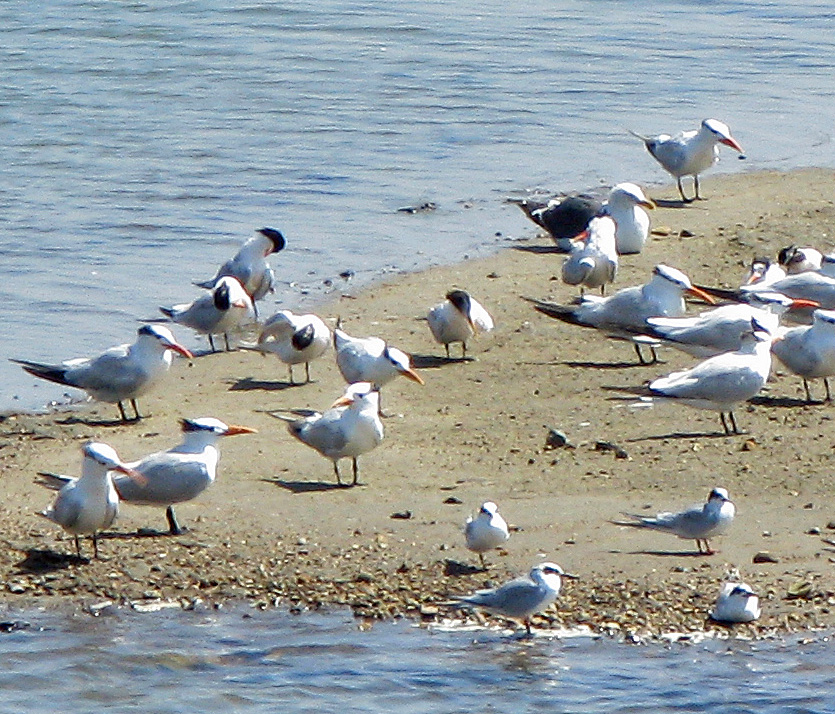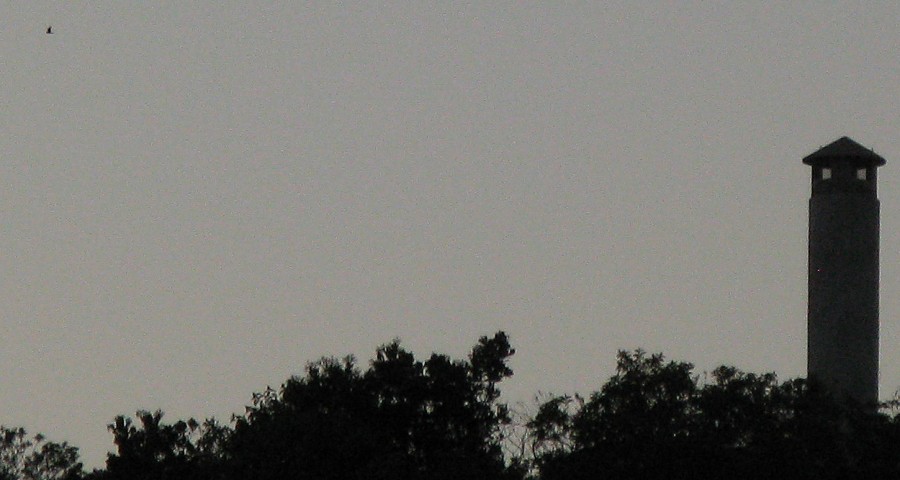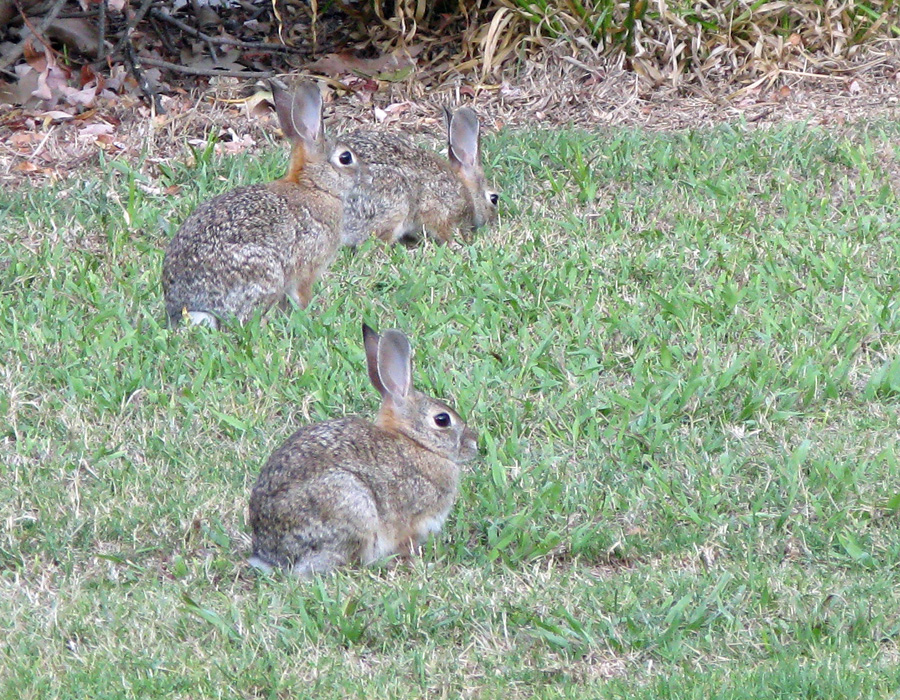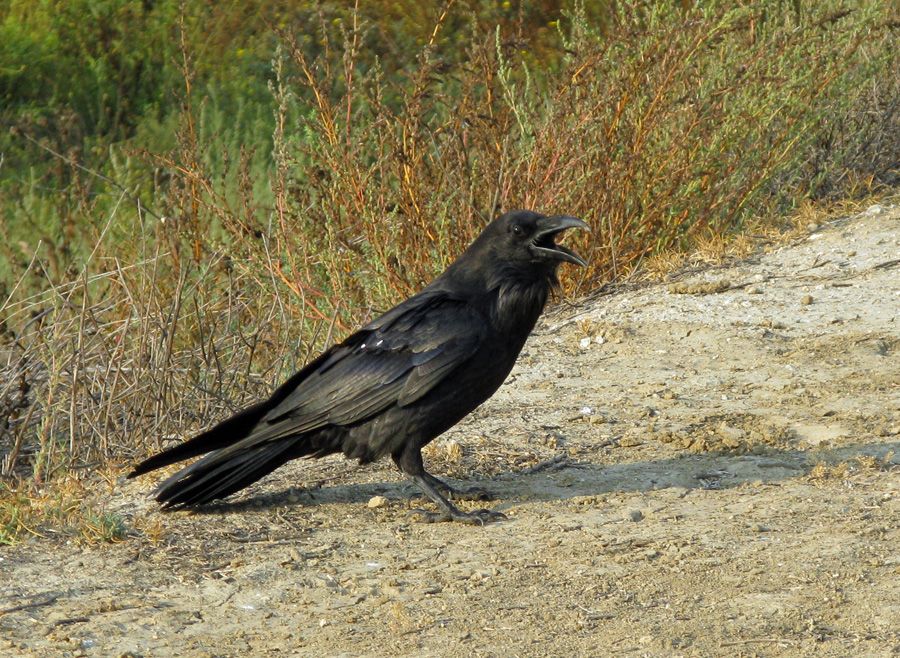It’s funny how many species don’t make the hop over the last desert and mountain range to reach the California Coast. Previously this year I’ve added 10 species to my life list (and several more to my California list) on the far side of the Santa Ana Mountains that border the O.C. on the east. Probably eight of those are uncommon in the county at best. Last weekend I added four more on a Sea & Sage trip to the San Bernardino National Forest on the south side of Big Bear Lake.
I met up with Stan Winterman about 5:30 A.M. in Costa Mesa to carpool out to Big Bear. (Side note: unlike NYC field trips, carpooling out here is the exception, not the rule; and usually just means you drive two hours to the meeting point, then carpool five miles down a dirt road from there. It takes major effort to arrange car sharing, even for long distance trips outside the county like this one. If anyone wants to carpool with me for next month’s trip to Piute Ponds, please holler.) From there it was about a 90-minute drive to Big Bear in the light early morning traffic. My first lifer was on the mountain road up to Big Bear, but it was a mammal, a Coyote. I’ve never actually seen a wild one before, but there it was; standing by the side of the road as bold as anything. Cute too, though I might feel differently if it ate my cat.
The group met at the Aspen Glen Picnic Area. The first thing that struck em when we got out of the car was that this smelled a lot like Sunspot, New Mexico (where I haven’t been for 12 years or so). Not too surprising: it’s very similar habitat on the top of a mountain in the middle of a desert. Both even have solar observatories. However there was one notable difference: the piney smell was mixed with a strong aroma of vanilla. I wondered if some camper had for some strange reason poured a bottle of vanilla extract on the ground or into the trash or some such. However I later leanred that this is actually the smell of the Jeffrey Pine, which is prevalent here, but which I guess we didn’t have back in Sunspot.
The picnic area parking lot was just a convenient place to meet, but it has some birds nonetheless. Apparently Cassin’s Finch (a potential lifer) was seen here on this trip last year, but all we got this year was House Finch. Other common parking lot birds included American Robin, Common Raven, American Robin, Spotted Towhee, Brewer’s Blackbird, and Acorn Woodpecker, but we did find Northern Flicker, Steller’s Jay, and White-breasted Nuthatch. We also found California Ground Squirrel and what I think was a Lodgepole Chipmunk, but I don’t have pictures so I can’t be sure. They’re something like a dozen+ species of chipmunks around here, so ID’ing them is more challenging than the single species we have back east. Final species for the parking lot was this Skipper:
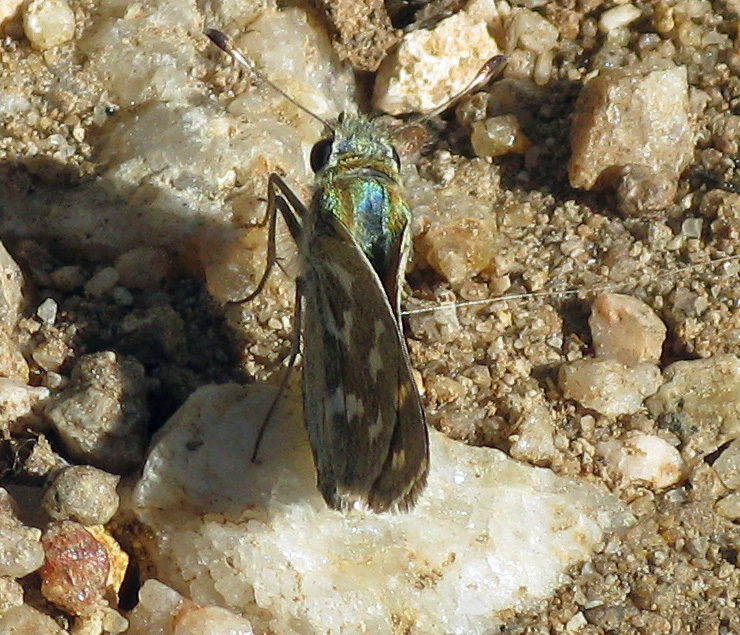
I think the genus is Hesperia, but I’m not sure. Skippers are tough to ID, even with photos.
Around 8:30 we consolidated into mostly high clearance vehicles and headed off down a dirt road (2N10 or 2N11?) that doesn’t show up on Google Maps road to Bluff Lake.
(more…)
